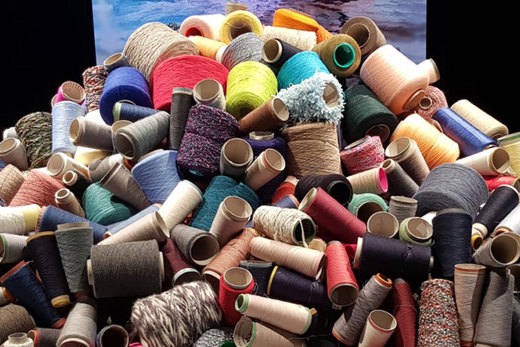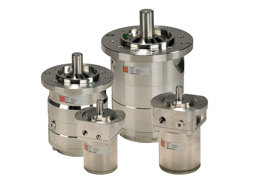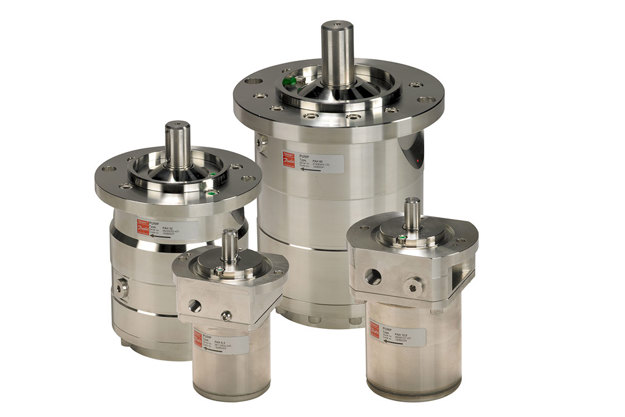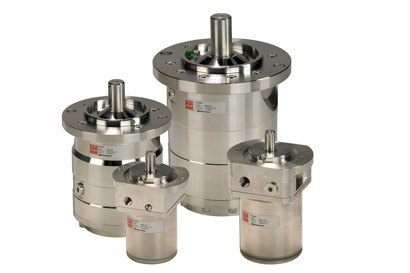
Innovative humidification system helps fabric producers
Fabric producers rely on humidification systems to increase
productivity, ensure quality, prevent electrostatic discharges, and
improve employee working environments. And many of them
worldwide depend on Italy’s Aeris Group to keep humidity levels
just right. Together with Danfoss, Aeris Group has developed an
innovative humidification solution for textiles and non-wovens
that radically reduces energy and water consumption while
reliably ensuring ultra-clean humidity.
Related product
-
if (isSmallPicture) {


 High-pressure pumps for tap water applications
High-pressure pumps for tap water applicationsHigh-pressure pumps for tap water applications: PAH high-pressure pumps for water hydraulics, dust suppression and firefighting applications. PAH-F high-pressure pumps for only firefighting applications.





